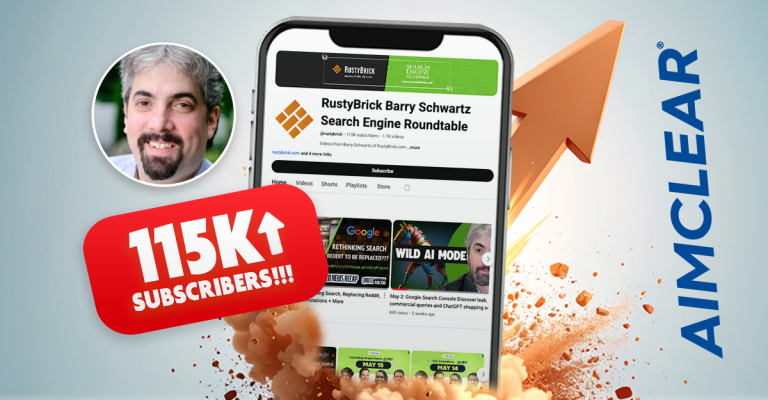
results which revealed that the Web 2.0 user crowd is actually quite small.
The survey, which is fascinating, classified ten specific user-types that fit into three more general categories: Elite Users (31%), Middle of the road (20%), and those with limited “tech assets” who don’t use technology (a gigantic 49%). Here is a verbatim rendering of Pew’s classification data:
Technology Elites
Omnivores (8%): They have the most information gadgets and services, which they use voraciously to participate in cyberspace, express themselves online, and do a range of Web 2.0 activities. Most in this group are men in their mid- to late twenties.Connectors (7%): Between featured-packed cell phones and frequent online use, they connect to people and manage digital content using ICTs (information and
communications technology) – with high levels of satisfaction about how ICTs let them work with community groups and pursue hobbies.Lackluster Veterans (8%): They are frequent users of the internet and less avid about cell phones. They are not thrilled with ICT-enabled connectivity and don’t see them as tools for additional productivity. They were among the internet’s early adopters.
Productivity Enhancers (8%): They have strongly positive views about how technology lets them keep up with others, do their jobs, and learn new things. They are frequent and happy ICT users whose main focus is personal and professional communication.
Middle-of-the-Road Users
Mobile Centrics (10%): They fully embrace the functionality of their cell phones. They use the internet, but not often, and like how ICTs connect them to others. 37% have high-speed internet connections at home. The group contains a large share of African Americans.Connected but Hassled (10%): They have invested in a lot of technology (80% have broadband at home), but they find the connectivity intrusive and information something of a burden.
Low Tech and Non Users
Inexperienced Experimenters (8%): They occasionally take advantage of interactivity, but if they had more experience and connectivity, they might do more with ICTs. They are late adopters of the internet. Few have high-speed connections at home.Pew-Research-Categorizes-Web-2-point-0-Light but Satisfied (15%): They have some technology, but it does not play a central role in their daily lives. They are satisfied with what ICTs do for them. They like how information technology makes them more available to others and helps them learn new things.
Indifferents (11%): Despite having either cell phones or online access, these users use ICTs only intermittently and find connectivity annoying. Few would miss a beat if they had to give these things up.
Off the Network (15%): Those with neither cell phones nor internet connectivity tend to be older adults. A few of them have computers or digital cameras, but they are content with old media.








